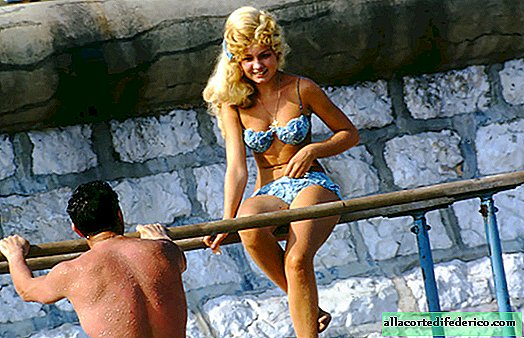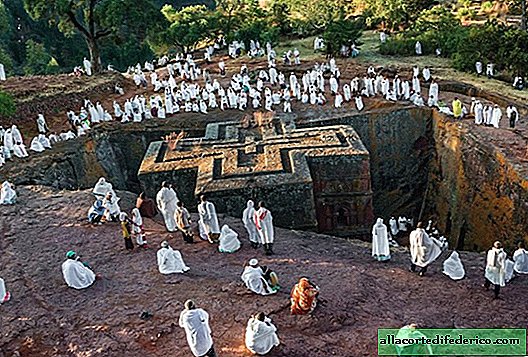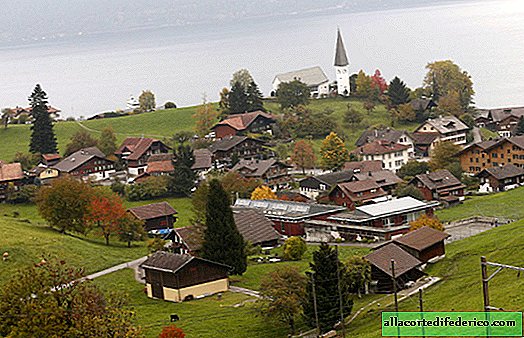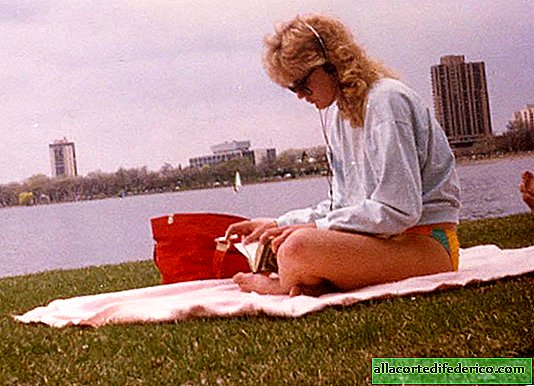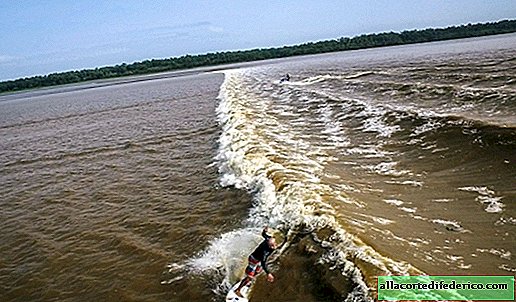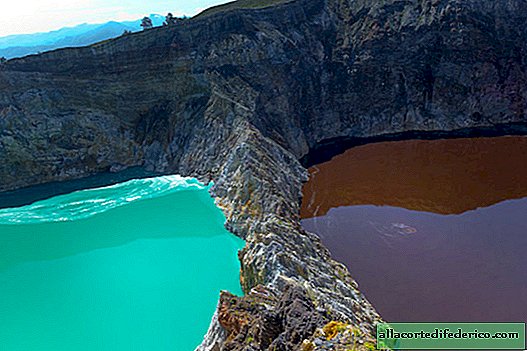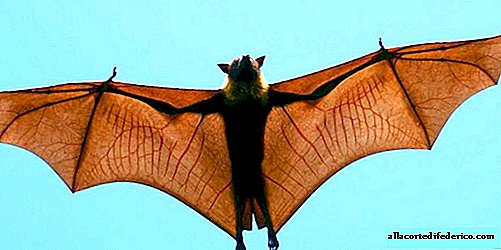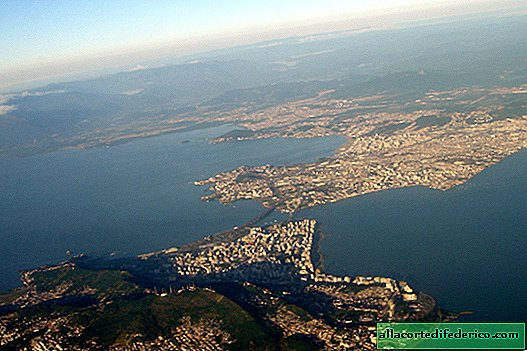The mystery of the sculpture of the unknown pharaoh, numbering 4300 years
Usually sculptures, monuments and other historical objects can tell a lot about the era when they were created. But only if they are well preserved. Unfortunately, often vandals and simply irresponsible people can make it so that some kind of historical artifact only poses more questions to historians. Although sometimes these vandals themselves are of historical interest, and their poor behavior illustrates the historical processes that took place at a particular point in time. This happened with the ruined head of a statue of an unknown Egyptian pharaoh discovered in Israel.
Headless pharaoh
The head of the sculpture of an unknown Egyptian pharaoh was found in the ancient city of Hazor in Israel in 1995. Its age is about 4300 years, when the Egyptians were building the pyramids with might and main. And 3300 years ago, the sculpture was destroyed, most likely, after the Israeli army destroyed the city.
Nevertheless, sculpture poses many questions for scientists. What kind of pharaoh does she portray? Why was she brought to Hatzor? And why did she stand there for a thousand years, until the whole city was destroyed to the ground?

Egyptologists note that the head of the statue depicts a man in a short, tight-fitting, twisted hood crowned with a sun cobra, which rises above the forehead of the pharaoh in ancient Egyptian painting. From this we can conclude that the sculpture depicts the real ruler of Egypt. Although the image of facial features on the statue is characteristic of the 5th dynasty (around 2465-2323 BC), it is not yet possible to determine with certainty which pharaoh she is dedicated to.
Egyptian imports
Hatzor was destroyed in the middle of the XIII century BC. It is believed that the Jewish army did it. But regardless of whether the Israelis were actually the ones who destroyed the ancient city, the sculpture of the unknown pharaoh was one of many statues that were destroyed. Moreover, this happened rather rigidly: cracks indicate that the nose was broken, and the head was separated from the rest of the sculpture before it was destroyed. However, the remaining parts of the sculpture could not be found there.

In addition to the statue of the pharaoh, other Egyptian sculptures were also found in Hazor, including the remains of the statue with the legs of the sphinx. Given that Hazor is located in northern Israel, such an abundance of Egyptian artifacts is surprising. In addition, all the statues during the conquest of the city were destroyed not by chance, but purposefully. Apparently, someone did not like the ancient Egyptian art.

